Rotifers aid in the production of healthy, nutritionally balanced feed
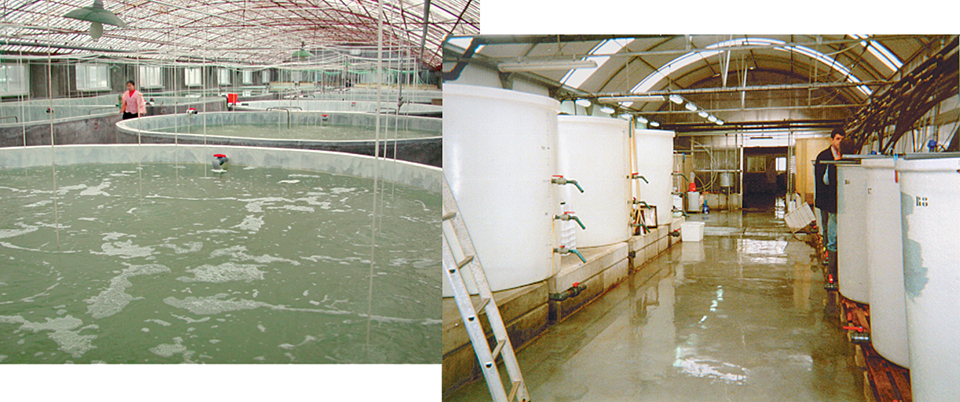
The importance of rotifers in modern aquaculture has often been eclipsed by that of their big brothers, artemia, which are nutritionally modeled in function of species-specific needs. However, even under the most standardized rearing conditions, finfish survival in the early larval stages up to 2 grams size reaches only 30 to 60 percent in established species such as European bass and bream and 10 to 30 percent in cod. Survival in turbot larval rearing generally does not exceed 10 percent.
In the new, up-and-coming species, survival is often lower than 1 percent. The reasons for this low survival are multiparameter and complex. Low survivals are strongly related to weak larvae, maternal effects and suboptimal rearing conditions. However, there is room for improvement in the physical and nutritional qualities of the first live food that is offered as rotifers to the larvae.
Unlike artemia, which is largely a commodity item, rotifers need to be raised at farm sites and nutritionally tailored to the requirements of the species being cultured. During even the first steps of mass rearing rotifers, many choices critical to survival and quality need to be made in terms of feed selection, rearing strategy, and tank design.
The skills and cost of personnel, available infrastructure, rotifer strain and water quality in the hatchery are other parameters that determine the choices for a particular diet and rearing system. Financial limitations and regional/cultural concepts also influence the degree of technical input in rotifer diets and culture systems.
Mass culture
Rotifer culture can largely be divided into two groups. One group includes extensive culture in large tanks with low rotifer densities and relatively long culture periods. The other comprises more intensive systems that operate with higher densities and shorter culture periods.
In both cases, food – concentrated algae and/or formulated diets – must be delivered at regular times. In most commercial situations, where consistent production of large quantities of high-quality algae is often a bottleneck, the use of substitution diets is generally the most practical scenario.
New culture diets
With new-generation products like Inve’s Culture Selco 3000, the transition from algae to a formulated feed source can be simplified. These rotifer diets can boost fertility and egg ratios to 50 to 60 percent in less than one day, allowing the recovery of stagnating cultures. Once reproduction is reestablished, low density cultures of 250 rotifers per ml can increase to 1,100 rotifers per milliliter in three days. At higher starting densities, final densities greater than 2,000 rotifers per milliliter can be achieved.
By the constant recruitment of young rotifers, specific growth rates are considerably enhanced, resulting in over 50 percent specific growth per day. This higher growth rate and feed efficiency result in cleaner cultures without filtration problems due to floccules that reduce the time needed for harvesting tanks and subsequent bacteria levels.
Operators can gain an estimated 1.5 hours of labor a day, and rotifers come out unharmed, ready for feeding, enrichment, or a new inoculation. Re-inoculation for new start cultures can be performed up to 50 times without the need to start from algal stock cultures.
Experience in facilities worldwide has shown these culture diets can be used for a wide range of rotifer culture conditions. They seem to be tolerated by a broad rotifer species spectrum, and operators need less technical knowledge to grow their local rotifer strains.
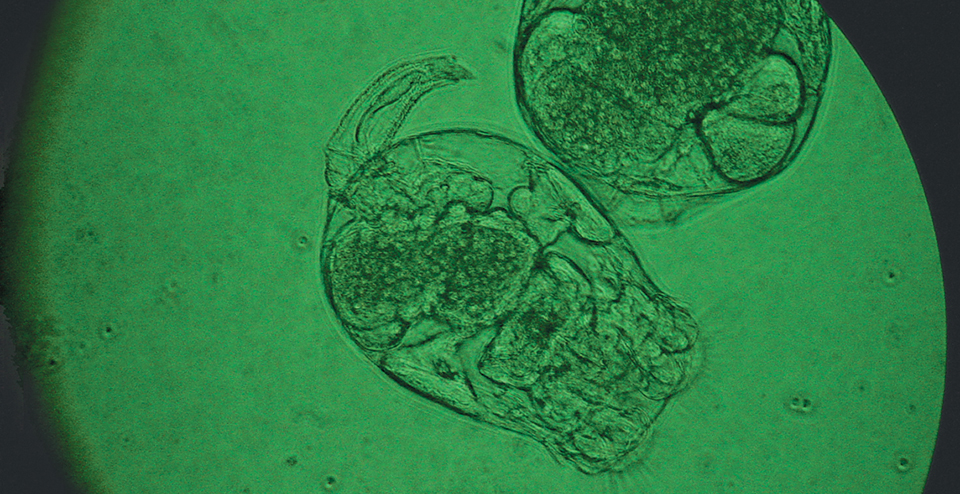
Enrichment
Once rotifers have been mass cultured, they are rinsed and concentrated before being enriched. This step is not only labor-intensive but also an extra stress for rotifers. The stress comes from changes in temperature and salinity during the rinsing process and pressure experienced on the nets. During this handling, rotifers are often compressed and die in clusters, eventually polluting the fish tanks.
Rotifers enriched in the culture tank without intermediate harvesting are less exposed to stress and enrich easily, representing important savings in terms of tank space, water, heating and labor. New, combined culture and enrichment diets have been specifically designed as finishing diets after the culture boosting period. These diets typically contain all essential fatty acids, vitamins, immuno-stimulating agents, and algae which are essential for the young fish larvae.
These new-generation smart diets can be used as an overnight rotifer-enrichment feed, with the rotifers offered to the fish the next morning. If necessary, excess rotifers can be fed again in the morning and further used during the day. This easy concept eliminates the burden of enrichment periods of 6 to 8 hours that typically require extra flexibility of the hatchery personnel and the need for cold storage equipment for later feedings.
Typical enrichment values for in-tank enrichment are 1,700 to 2,500 ppm vitamin C. The omega-3 highly unsaturated fatty acid levels vary 30 to 50 milligrams per gram, depending on the strain and rotifer culture system used.
Conclusion
Using new-generation rotifer diets, millions of healthy flounder and cod fry in the United States, and yellow croaker and bream juveniles in China and Italy, have been produced. Flexibility in the use of the diets allowed rotifer rearing and/or all-in-one enrichment in batch, flow-through, and recirculation systems. The rotifers consistently contributed to the production of healthy, nutritionally balanced feed in a convenient and cost-effective manner.
(Editor’s Note: This article was originally published in the June 2004 print edition of the Global Aquaculture Advocate.)
Now that you've reached the end of the article ...
… please consider supporting GSA’s mission to advance responsible seafood practices through education, advocacy and third-party assurances. The Advocate aims to document the evolution of responsible seafood practices and share the expansive knowledge of our vast network of contributors.
By becoming a Global Seafood Alliance member, you’re ensuring that all of the pre-competitive work we do through member benefits, resources and events can continue. Individual membership costs just $50 a year.
Not a GSA member? Join us.
Authors
-
-
Eamonn O’Brien
Inve Aquaculture nv
Dendermonde, Belgium
Tagged With
Related Posts
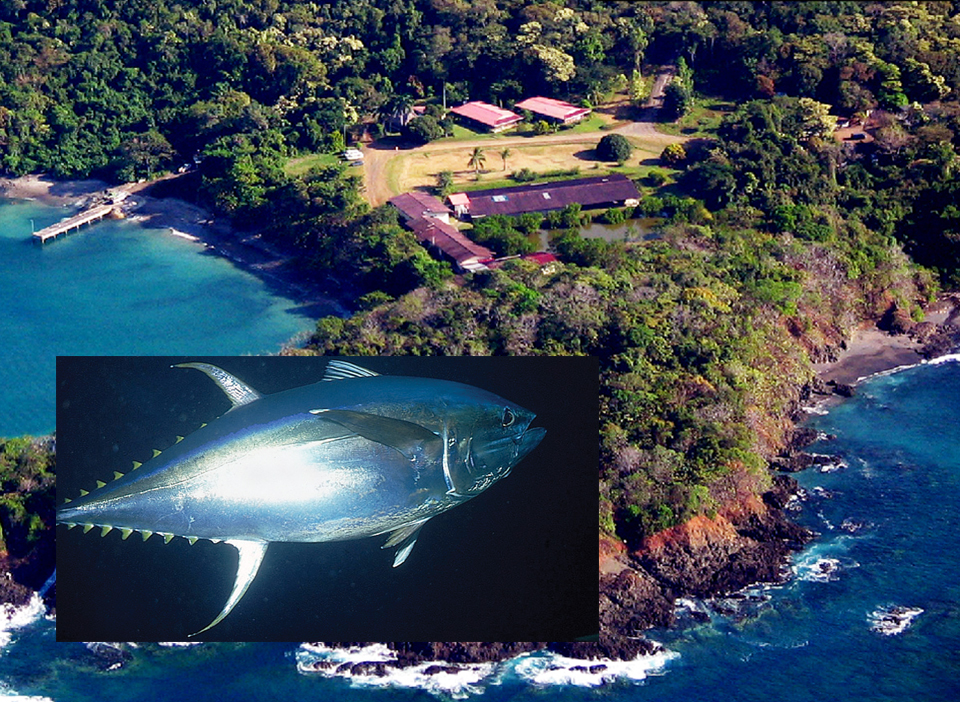
Health & Welfare
Achotines laboratory home to continuing studies of tuna early life history
The Inter-American Tropical Tuna Commission Achotines Laboratory in southern Panama is the world’s only facility with nearly year-round availability of tuna eggs and larvae. A study is comparing the reproductive biology, genetics and early life history of yellowfin and Pacific bluefin tuna.
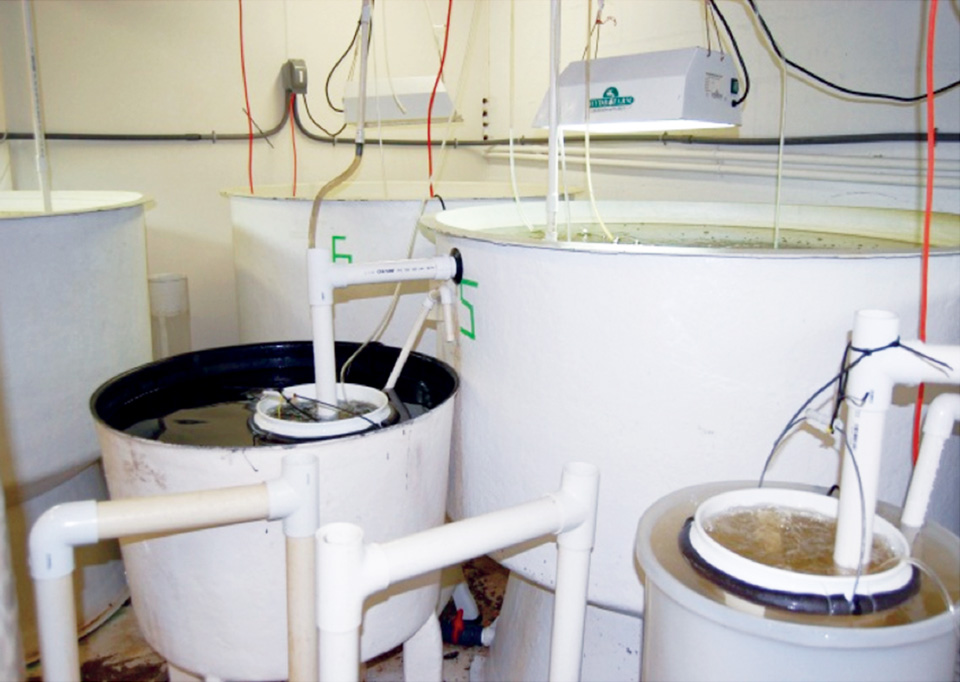
Health & Welfare
Advances in intensive copepod production technology
Research at the Oceanic Institute has been successful in overcoming bottlenecks associated with rearing small-mouthed fish larvae by finding a suitable first feed. Early work on the calanoid copepod Parvocalanus crassirostris focused on parameters necessary for successful maintenance of stock cultures.
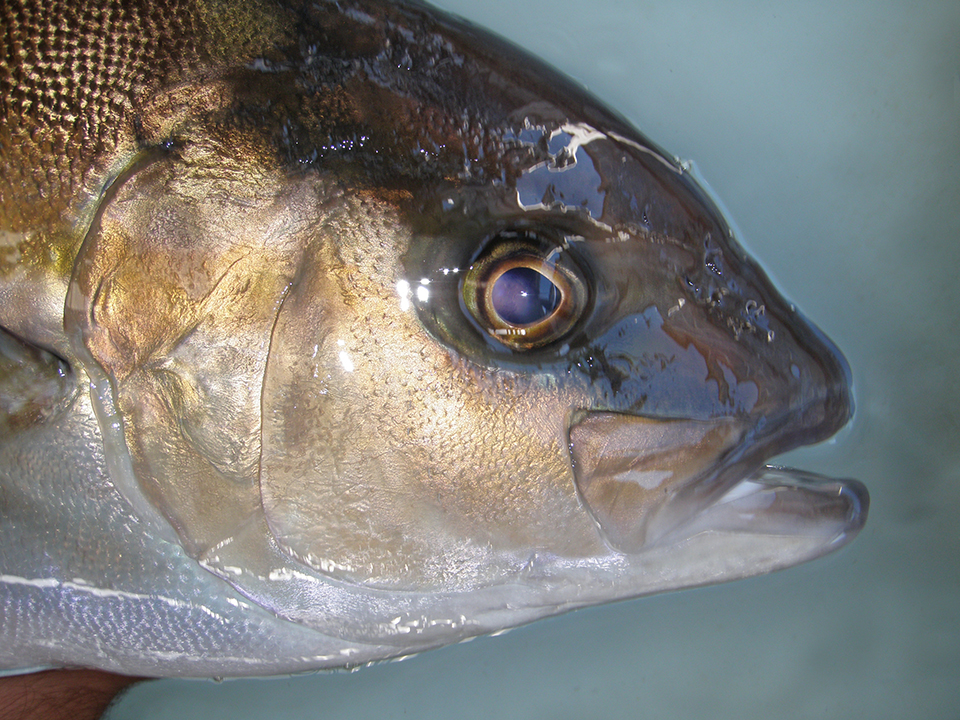
Health & Welfare
Advances in yellowtail larval rearing
The University of the Canary Islands in Spain is researching yellowtail broodstock management and larval rearing to promote aquaculture diversification in Europe.
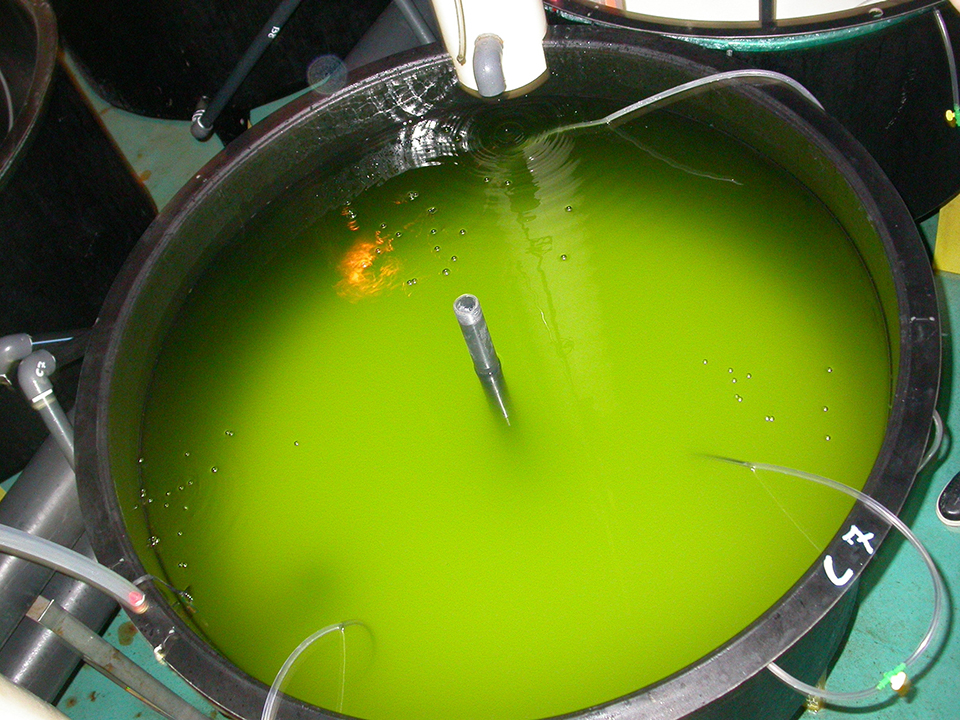
Health & Welfare
Algae alternatives serve in larval rearing of sea bream
Sea bream fry are produced using the greenwater technique in which microalgae are added to larval-rearing tanks during the first 20 to 30 days after hatching.


